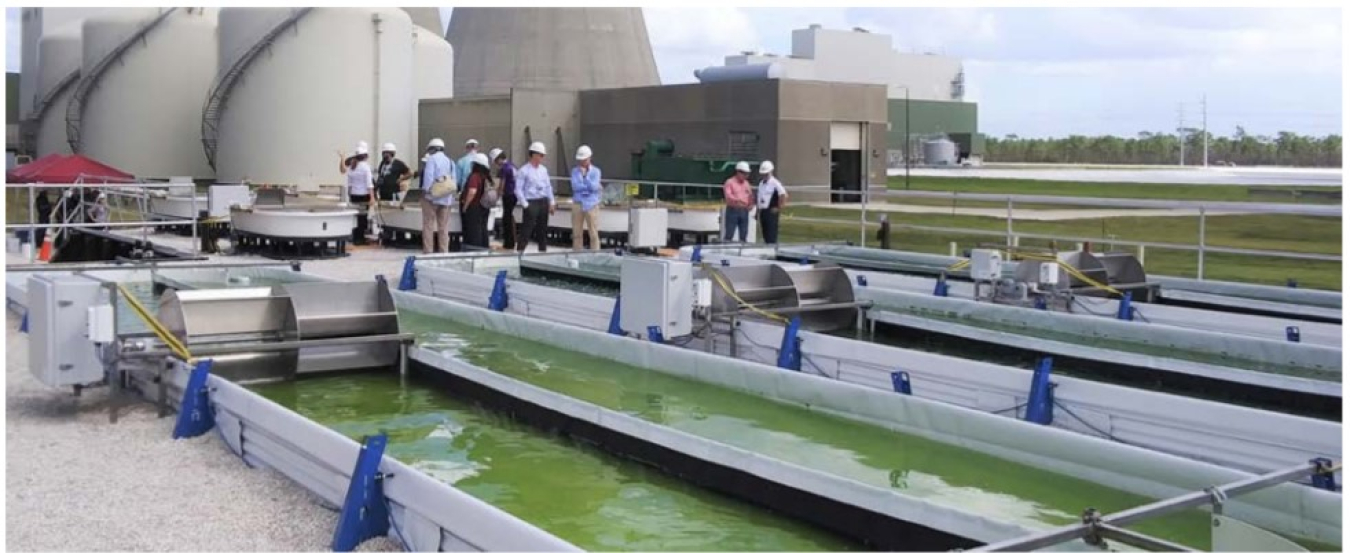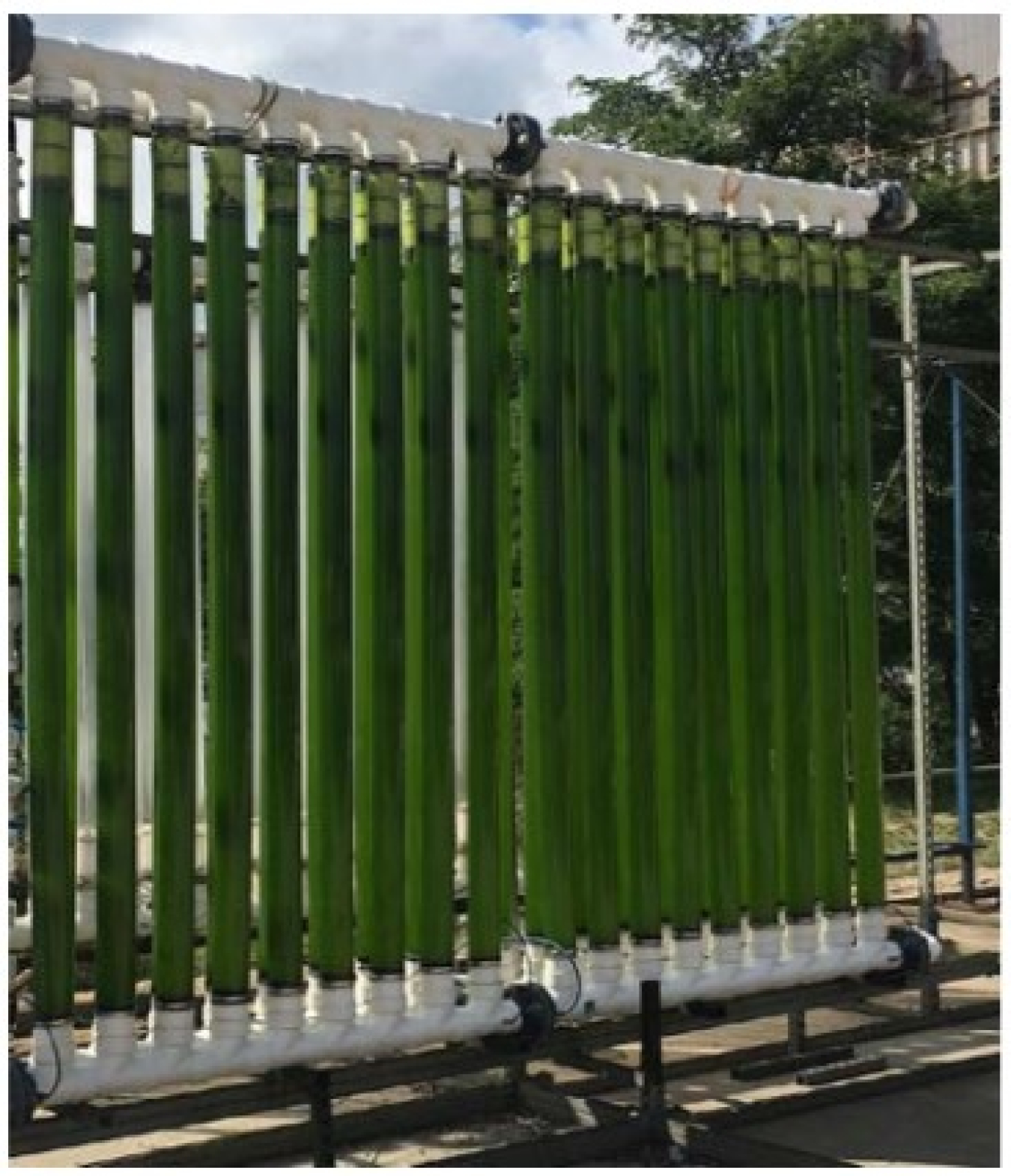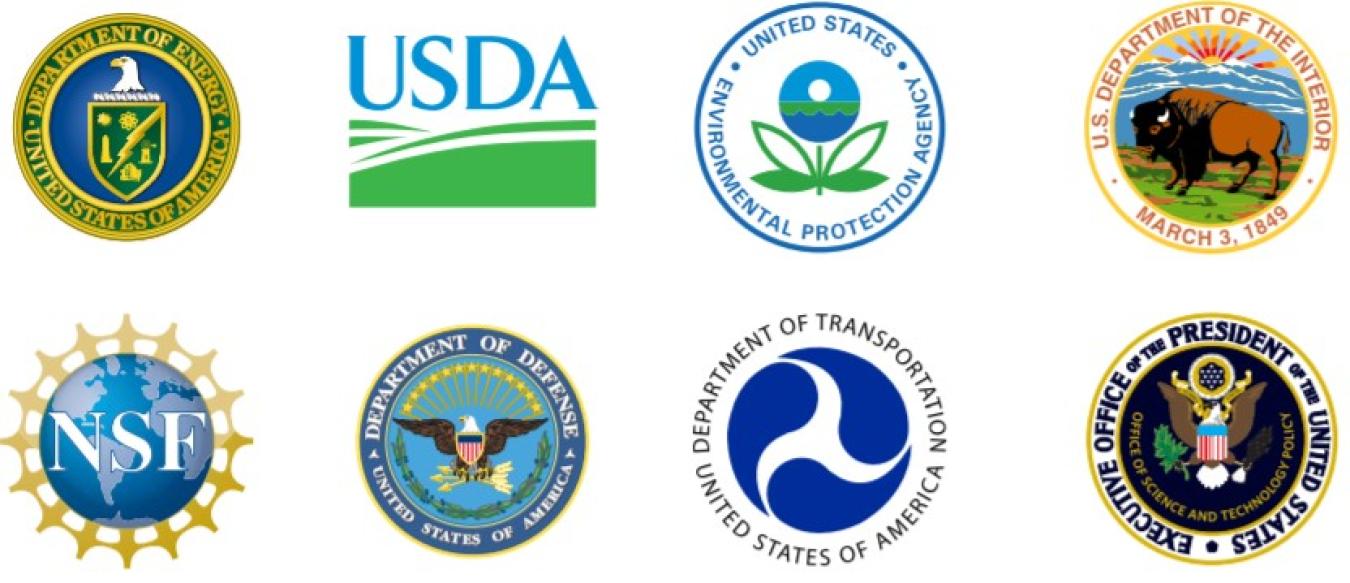The Carbon Uptake Pathway is focused on algae-based carbon utilization approaches. The Office of Fossil Energy and Carbon Management’s (FECM) Carbon Utilization Program is focused on research and development R&D that leverages carbon efficiencies and integrates point sources of CO2 into algal systems. The Program is implemented by the National Energy Technology Laboratory, which oversees both internal and external projects.

Advantages of algae-based carbon conversion include:(2), (3)
- High potential yield per acre
- The ability to grow on land not suited for agriculture, as well as in brackish or wastewater
- High absorption of CO2 and relative ease of conversion into fuels and products
- High-purity CO2 is not required to support algal growth.
- Flue gas containing varying amounts of CO2 can be fed directly to the algae, reducing or eliminating the need for CO2 capture systems.
- Some combustion waste products, such as nitrogen oxides (NOx) or sulfur oxides (SOx), can be used as nutrients for algae.
- Algae yield high-value commercial products. The sale of these high-value products could offset the capital and operating costs of the process.
- Algae can be grown in open raceway pond systems (as pictured above) and closed photobioreactor systems (pictured below), including flexible plastic film systems, tubular reactors, and flat panel systems.

Activities within the FECM Carbon Conversion Program are closely coordinated with the Office of Energy Efficiency and Renewable Energy’s Bioenergy Technology Office (BETO) – which has established a leadership role in the development of technologies surrounding algae biofuels (algal strains/communities, harvesting, processing, etc.), including life cycle analysis for biofuels. The FECM and BETO programs collaborate with their respective funding opportunity announcement (FOA) development processes through harmonization of FOA metrics and by leveraging the subject matter expertise of each program.
Both FECM and BETO are members of Biomass R&D Board Algae Interagency Working Group. This working group includes all of the agencies noted below, which published the Federal Activities Report on the Bioeconomy: Algae in 2020. This report summarizes all algae-related, federally-funded work in the U.S. and provides a broad context of the goals and progress of that work.

[1] U.S. Department of Energy. 2020. Federal Activities Report on the Bioeconomy: Algae. Washington D.C.: U.S. Department of Energy. DOE/EE-2009. View report
[2] Microalgae can capture carbon from flue gas. View article
[3] U.S. DOE 2010. National Algal Biofuels Technology Roadmap. U.S. Department of Energy, Office of Energy Efficiency and Renewable Energy, Biomass Program. pubs.acs.org/doi/abs/10.1021/es304135b.
[4] Crocker, M. 2019. CO2 to Bioplastics: Beneficial Re-use of Carbon Emissions from Coal-Fired Power Plants Using Microalgae. US DOE/NETL Annual Meeting, Carbon Capture and Utilization, August 2019, Pittsburgh, PA. View presentation

